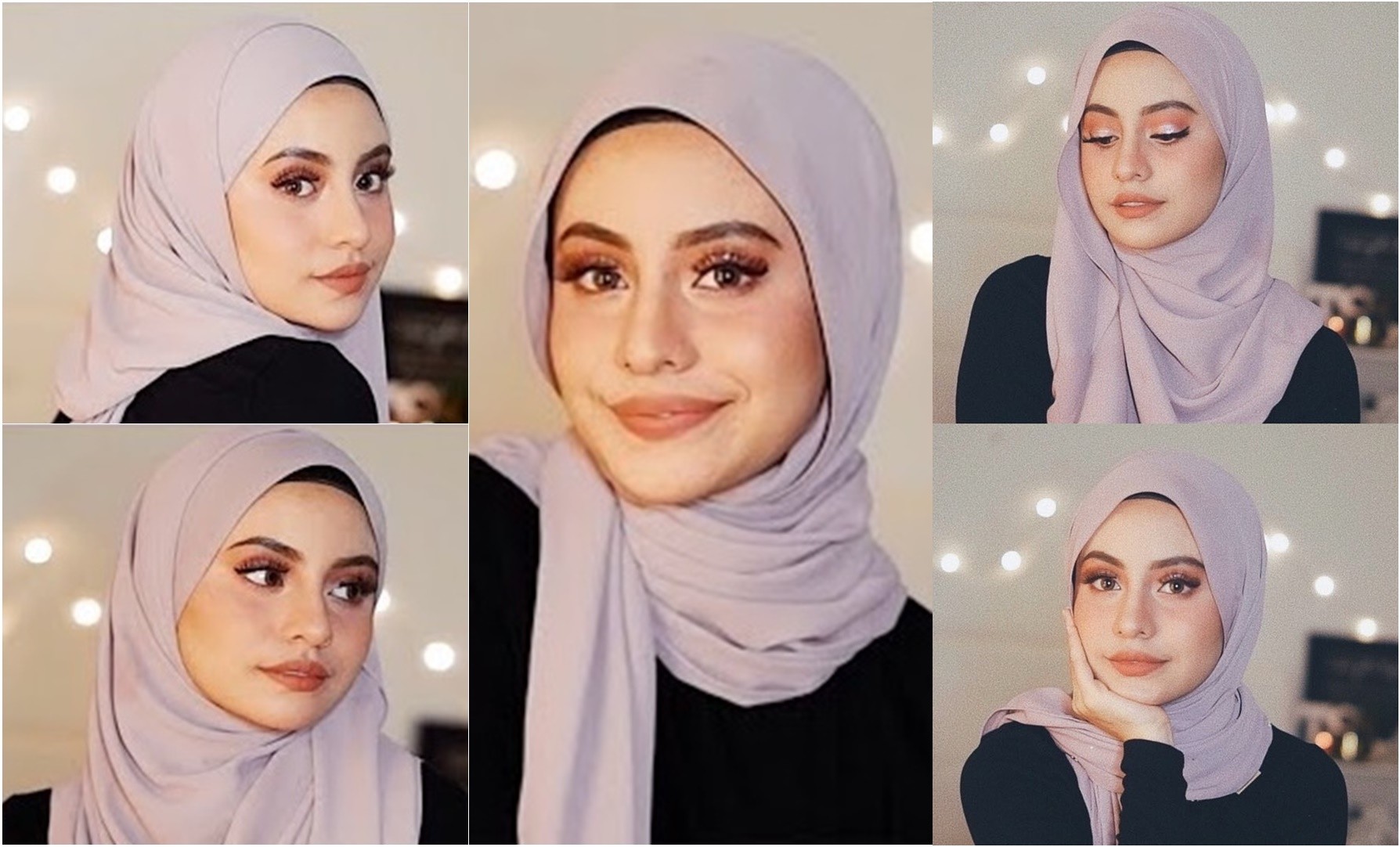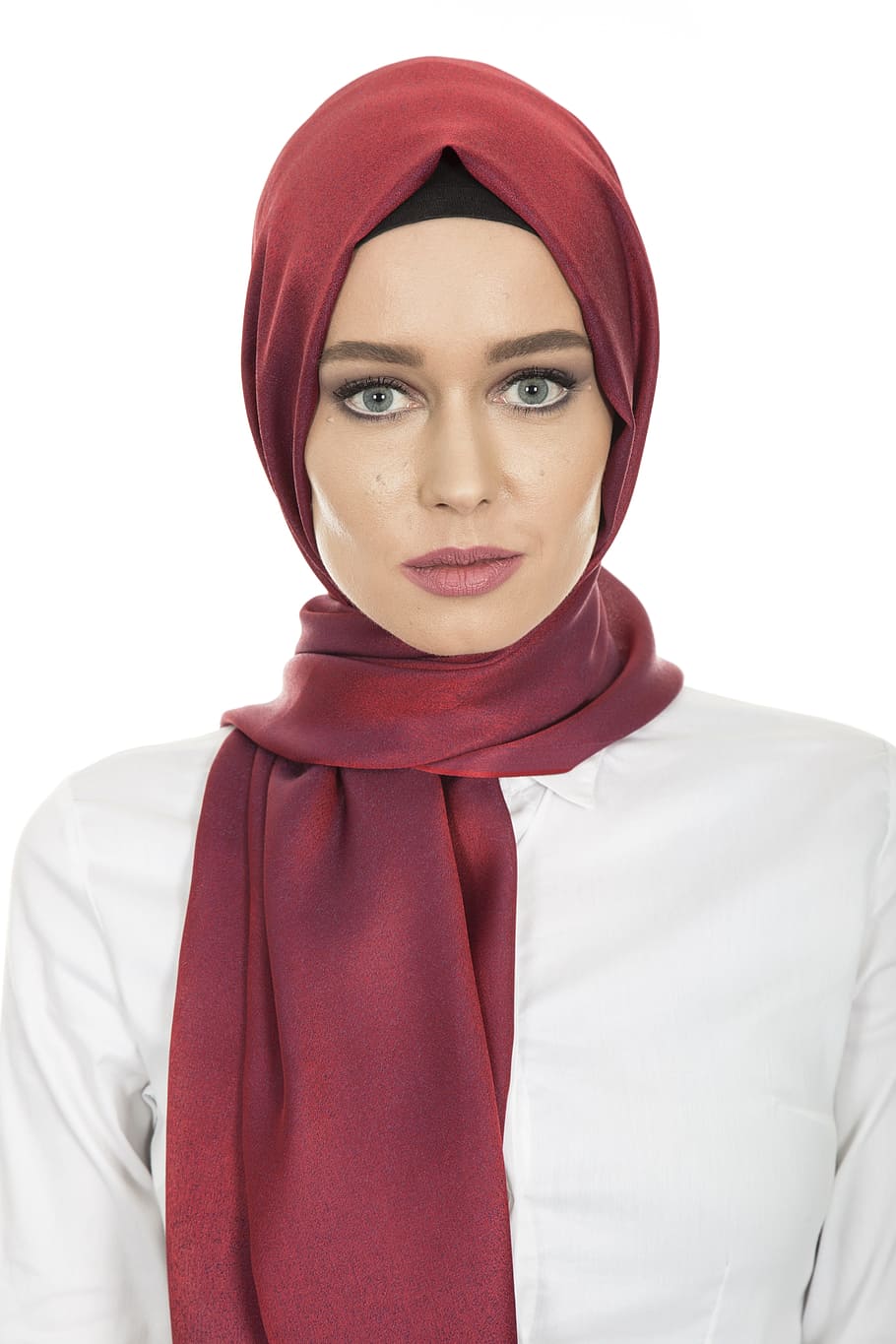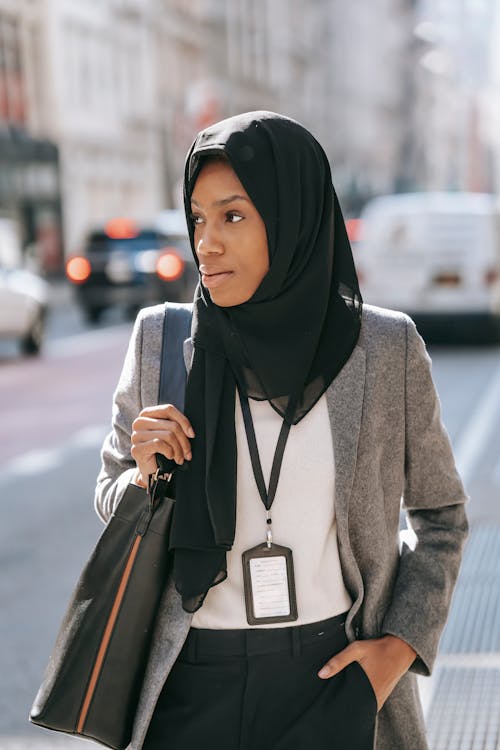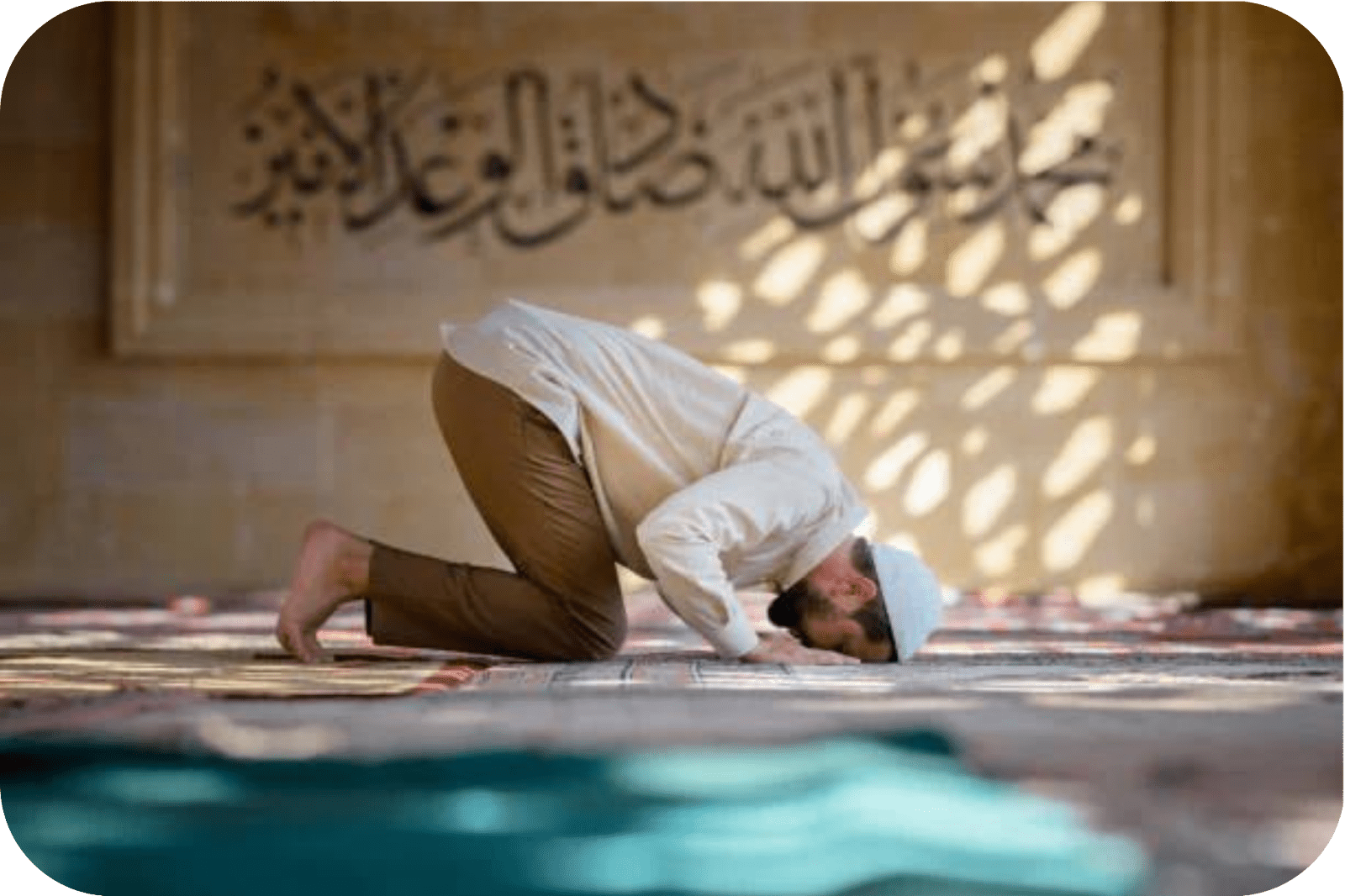5 Unique Ways to Tie a Hijab
5 Unique Ways to Tie a Hijab

The Hijab is a distinctive garment worn by Muslim women all over the world. It has become a symbol of identity and faith for Muslim women, the hijab is not only an expression of religious devotion but also an opportunity for creative self-expression. From vibrant scarves to intricate folds, the ways to style a hijab are as diverse as the women who wear them.
In this blog post, we'll explore a variety of easy-to-follow hijab styles perfect for different situations, from casual outings to formal events. No matter the occasion, we've got you covered with ideas that are both fashionable and practical.
What is Hijab?
Before diving into the reasons for wearing a Hijab, let's first understand what it actually signifies. The word "Hijab" itself means "veil" or "curtain" in Arabic. It refers to the clothing that Muslim women wear to cover their bodies and hair. The Hijab represents more than just a piece of cloth; it symbolises a woman's commitment to her faith, her identity as a Muslim, and her desire to pursue a life of piety and modesty.
Where does the word Hijab come from?
The word "hijab" comes from the Arabic language and means "barrier" or "curtain". It is believed to have originated from the Qur'anic verse instructing Muslim women to cover their heads and the chest in the presence of men who are not their close relatives (Quran 24:31).
However, the Hijab is more than just a piece of cloth worn on the head; it can also be seen as a symbol of modesty and piety for Muslim women. The hijab is a means of protecting oneself from the unwanted attention of the opposite sex, whilst maintaining a certain level of privacy and dignity.
How can I style my Hijab?
The hijab can be worn in various styles and forms, depending on different Muslim communities' cultural and regional traditions. Some women prefer to wear the hijab in a simple and plain manner, while others choose to wear more decorative styles that reflect their personal style and taste. Here are some unique hijab styles to consider:
1. Turkish Style Hijab
The Turkish Style Hijab exudes elegance and simplicity. This method involves folding a rectangular hijab and cleverly arranging it for a refined appearance.
Step-by-Step Guide:
1. Fold the Hijab: Take a rectangular hijab and fold it in half lengthwise to form a long strip.
2. Placement: Position the folded hijab on your head, ensuring both ends are of equal length.
3. Securing Under the Chin: Tie the hijab under your chin with a knot, ensuring it's comfortably snug but not too tight.
4. Arranging the Ends: Take the two loose ends of the hijab and bring them forward, allowing them to fall naturally.
5. Tuck and Arrange: Tuck the ends of the hijab around the face, framing it neatly without covering too much. Adjust the folds for a clean and elegant look.
6. Final Touches: Ensure the hijab feels secure and sits comfortably. Make any necessary adjustments to achieve the desired appearance.

2. Crown Hijab Style
The Crown Hijab Style adds regal elegance to your attire, resembling a graceful crown. By following these steps, you can achieve a sophisticated and distinctive look.
Step-by-Step Guide:
1. Wrapping the Hijab: Start by placing the hijab on your head, ensuring it's evenly spread with both ends hanging at the back.
2. Securing at the Back: Gather the ends of the hijab at the back of your head and secure them either with a knot or using pins to keep it in place.
3. Creating the Crown Effect: Take the fabric on either side of your face and gently pull it upwards, draping it over the top of your head. This action will create a crown-like effect.
4. Adjusting the Drapes: Arrange the draped fabric to resemble a crown, ensuring it's comfortable and sits elegantly on your head.
5. Final Touches: Tuck in any loose ends and adjust the folds for a refined and polished appearance.

3. Butterfly Hijab Style
The Butterfly Hijab Style is known for its graceful and distinctive appearance, reminiscent of butterfly wings. Follow these steps to create a captivating and elegant look.
Step-by-Step Guide:
1. Folding the Hijab: Begin by folding the hijab in half to form a triangle, ensuring the folded edge is at the front.
2. Placing the Hijab: Position the folded hijab on your head, allowing the point of the triangle to hang down your back while the folded edge is at the front, framing your face.
3. Crossing the Ends: Take both ends of the hijab and cross them over each other at the front, just below the chin.
4. Bringing Ends Back to the Front: After crossing the ends, bring them back to the front, ensuring they are held firmly but not too tight.
5. Creating the Butterfly Effect: Tuck the ends of the hijab around the face, shaping them to resemble butterfly wings. Adjust the fabric to achieve a symmetrical and pleasing shape.
6. Final Touches: Ensure the butterfly shape feels secure and sits comfortably around the face. Make necessary adjustments for a polished appearance.

4. Side-Draped Hijab Style
The Side-Draped Hijab Style offers a chic and asymmetrical appearance, adding flair to your outfit. Follow these steps to achieve an elegant side-draped look.
Step-by-Step Guide:
1. Placing the Hijab: Begin by placing the hijab on your head, ensuring it covers evenly.
2. Letting One End Fall: Allow one end of the hijab to fall naturally over your shoulder. Ensure the length suits your preference and drapes gracefully.
3. Draping the Other End: Take the other end of the hijab and drape it over the opposite shoulder.
4. Securing with a Pin: Secure the draped end with a pin on the shoulder to keep it in place. Ensure it's pinned securely but comfortably.
5. Adjusting for Style: Adjust the draped fabric as desired for an asymmetrical and stylish appearance. Ensure the drapes complement each other and create a pleasing silhouette.
6. Final Touches: Make any necessary adjustments to ensure both ends of the hijab sit comfortably and elegantly.

5. Turban Hijab Style
The Turban Hijab Style is a contemporary and chic way to adorn your hijab. Follow these steps to achieve a sophisticated turban-like effect.
Step-by-Step Guide:
1. Wrapping the Hijab: Begin by placing the hijab on your head, ensuring it covers evenly and the ends are of similar length.
2. Twisting the Fabric: At the front of the hijab, start twisting the fabric gently to create a turban-like effect. Twist it until you reach a point that is comfortable for you and achieves the desired style.
3. Adjusting the Ends: You can choose to leave the ends of the twisted fabric loose for a more relaxed look, or neatly tuck them in for a sleek appearance.
4. Creating a Neat Look: If tucking in the ends, ensure they are tucked securely and symmetrically to maintain the turban-like shape and a polished finish.
5. Final Touches: Adjust the turban-style hijab to ensure it feels secure and comfortable on your head. Make any necessary adjustments to achieve your preferred style.

Conclusion
In this comprehensive guide, we've explored an array of hijab styles, each offering its unique charm and elegance. From the regal Crown Hijab Style to the chic Side-Draped Hijab and the modern Turban Hijab, there's a style to match every personality and occasion.
At Riwaya, we celebrate diversity and individuality. For those seeking to elevate their wardrobe with exquisite hijabs and modest wear, Riwaya offers a curated collection crafted with quality and cultural richness.
Buying at Riwaya
Explore our curated collection of hijabs and modest fashion at Riwaya. Whether you're looking for the perfect hijab to complement your style or searching for high-quality modest wear, we’ve got hand-selected amazing sellers so you can perfect your look in one easy place.
Selling at Riwaya
For sellers looking to share their creations and be part of a vibrant community, Riwaya offers a supportive platform to start your selling journey. Join us in celebrating diversity, creativity, and cultural richness. Start selling your designs and contribute to the tapestry of modest fashion at Riwaya.
FAQs
Q1: Why do Muslim women wear the hijab?
The hijab is worn by Muslim women as an expression of faith and modesty, following religious beliefs and teachings.
Q2: Is wearing the hijab mandatory in Islam?
Many Muslim scholars interpret the hijab as obligatory, while interpretations vary among different sects and individuals within the Muslim community.
Q3: Does the hijab hold cultural significance or is it solely religious?
While the hijab has religious roots, it also bears cultural significance in various regions, with different styles and interpretations influenced by cultural norms.
Q4: Are there different types or styles of hijab?
Yes, various styles of the hijab exist, such as the traditional headscarf covering the hair and neck, alongside other types like the niqab (face veil) or the khimar.
Q5: Can non-Muslims wear the hijab?
Non-Muslims may wear the hijab as a sign of respect in certain contexts or to experience solidarity during specific events, although it doesn't hold the same religious significance for them.
Q6: At what age do Muslim girls begin wearing the hijab?
The age at which a Muslim girl starts wearing the hijab varies among families and communities, often occurring at puberty or when she feels ready to embrace it.
Q7: Is the Hijab the only form of modest clothing in Islam?
No, while the hijab is a recognizable symbol of modesty, Islamic teachings encompass various forms of modest clothing. Modesty in attire includes loose-fitting garments that cover the body adequately, such as the abaya, jilbab, or other culturally appropriate clothing that aligns with Islamic principles.




